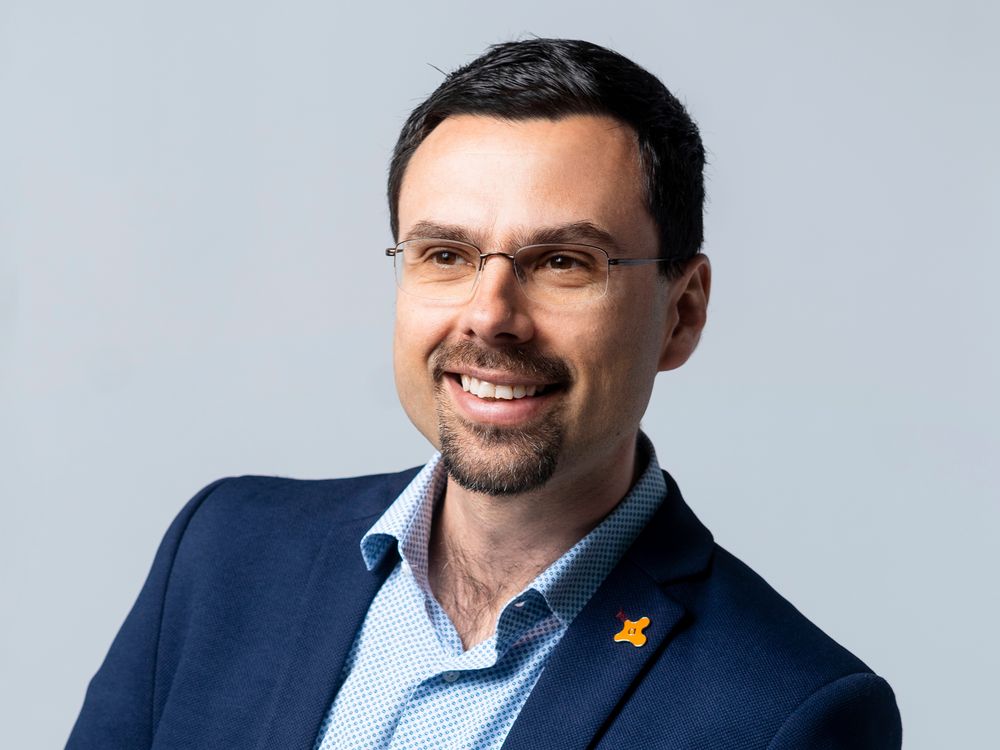Thought Leaders in Cyber Security: Ondrej Vlcek, CEO of Avast (Part 1)

In this edition of the TLCS interview series, we discuss the immense vulnerabilities in B2C security.
Sramana Mitra: Let’s start by introducing our audience briefly to Avast. We’ve covered the company before and we’ll put that in context. From your perspective, do provide a little bit of summary and also a bit about yourself.
Ondrej Vlcek: I’m the CEO of Avast since July 1 – just 12 days now. The company is the world’s largest consumer cyber security company these days. We protect more people around the world than anyone else.
The company was founded in Prague 30 years ago. It has grown over the years. It’s protecting 435 million people to be more concrete. The company is public in London, even though the headquarters is in Prague.
We have most of our engineering and most of our product people in Prague. It’s about two-thirds of our global headcount, which is about 1,700. We’ve got multiple locations outside of Prague as well including the US.
Sramana Mitra: You have been with Avast for a long time, right?
Ondrej Vlcek: Yes. I started here as a part-time developer intern in the mid-90’s. I was hired as employee number six. It’s a tiny company to co-develop the first version of the security product for Windows 95. That’s a very long time ago. The world was very different, especially when it comes to cyber security.
My role has changed quite a bit over the years. From an intern, I became a full developer after finishing my studies. Eventually, I became the lead developer and then the CTO. Next, I became the COO to now being the CEO.
Sramana Mitra: Very, very interesting, and very impressive. Congratulations.
Ondrej Vlcek: Thank you.
Sramana Mitra: Let’s talk about trends. What are you seeing in the consumer security space? You have been in this space for a long time. How has the industry evolved? What are the trends currently?
Ondrej Vlcek: The biggest trend is that cyber crime has become incredibly professionalized and incredibly well-funded. When I started in the ’90s, most of these attacks were viruses or worms.
It was for bragging rights that the author could do something more than their colleague. It wasn’t much for the financial incentive. It was more of a hobby. That’s 25 years ago.
Today, cyber crime is the largest in terms of dollar value. The FBI has estimated it to be larger than drug trafficking globally. As you can imagine, once this becomes a huge business, it becomes much better organized and much more professionalized.
The sophistication of these attacks cannot be compared. We are seeing cutting-edge technologies being used in these attacks. If I were to pinpoint the biggest crimes that we have been seeing, security companies have used AI for defensive purposes for some years now.
Probably since 2011 to 2012, the leading security companies have relied on machine learning to simplify their lives and to provide more scalability or accuracy. What we are seeing now is AI being used on the offensive side as well. The bad guys are starting to use the same tricks and innovation to level the game again.
We have AI in protecting and attacking. It’s becoming the war of the machines. We are still far from a Terminator type of situation because most of it is happening in a transactional way. The easiest attack where we see AI being used on a regular basis is on a social engineering type of attack.
Phishing is a means for people to get tricked into clicking links or opening attachments. Traditionally, click-through rates haven’t been very good. The credibility of these phishing messages has never been high.
This segment is part 1 in the series : Thought Leaders in Cyber Security: Ondrej Vlcek, CEO of Avast
1 2 3 4 5
Featured Videos
Can 1M/1M Help Me Raise Money?
How Does 1M/1M Democratize Entrepreneurship Education?
How Does 1M/1M Democratize Management Consulting?
When Is The Right Time To Join 1M/1M?
Can 1M/1M Help Me With Business Development?
Can 1M/1M Help Me With Market Sizing?
Can 1M/1M Help Me Validate My Product?
Will I Have Private 1-on-1 Sessions In 1M/1M?
How Does 1M/1M Help Entrepreneurs Connect With Silicon Valley?
Mentoring or Consulting?
Why Does 1M/1M Charge $1000 a Year?
Why Does 1M/1M Partner With Local Organizations?
Why Don\’t Mentoring Networks Work?
Why Is It Important To Study With 1M/1M Now?
Dan Stewart Story
Vikrant Mathur Story
